






of







of







of





















Haji Yusifli Mosque was one of the 17 mosques that were operating in Susha city during the 19th century. The city of Shusha consisted of 17 mahallas (quarter/district/neighborhood) that were divided into upper and lower mahallas. Haji Yusifli Mosque was located in the northern part of the city on the intersection of the Gasim Bey Zakir and G. Ismayilov streets of the Haji Yusifli mahalla, which was part of the lower mahallas of Shusha city.
Haji Yusifli Mosque was built in the 19th century. It did not have minarets and the external design of it was rectangular. The interior of the mosque completely complied with Islamic architecture. The general entrance of the Mosque consisted of asymmetrically arranged main facade windows and door entrance. There are crescent-shaped arches in the door entrance. The stone inscriptions placed on top of these arches have been specially designed and give a special charm to the Mosque. A prayer room for women was built in the general hall of the Haji Yusifli Mosque and a separate door was placed next to the common entrance for entering that part of the Mosque. The stairs that began the inner threshold of that door go directly to the women’s section. A pair of windows at the top of the common entrance door provides women’s par of the Mosque with sufficient natural light. Windows lined up on the main and side facades illuminate the columnless prayer hall of the Mosque. There was spring by the Mosque also named Haji Yusifli that was supplying the famous mineral water of Shusha for public use.
Together with other famous mosques and historical monuments of the Shusha city, Haji Yusifli Mosque also went through a complete renovation before the occupation of the city by the Armenian Armed Forces in May 1992. It was considered one of the most valuable monuments of the Shusha State Historical and Architectural Reserve.
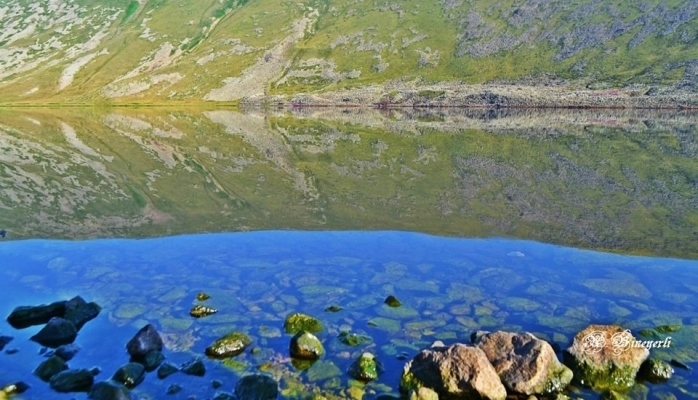
Qaragol Interrepublics State Reserve was set up with the decision of the Council of Ministers dated November17, 1987. Garagol State …

The idea of establishing Aghdam Bread Museum, which is considered to be the second in the world after the Zurich …
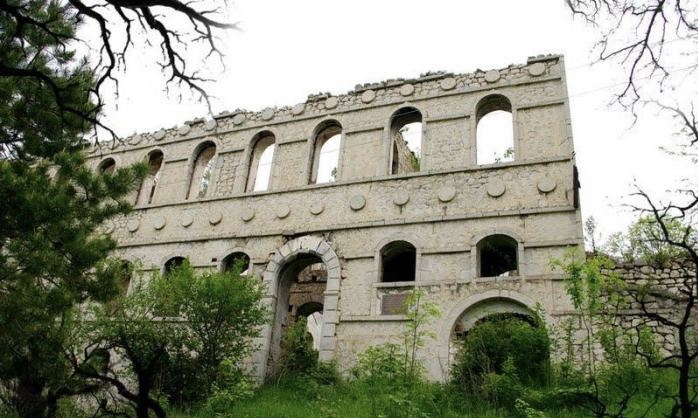
The Khurshudbanu Natavan’s House is a historical and architectural monument of the 18th century located in the city of Shusha. …

Museum Mausoleum Complex of Molla Panah Vagif is located in Shusha, Azerbaijan. It was built in honor of Molla Panah …
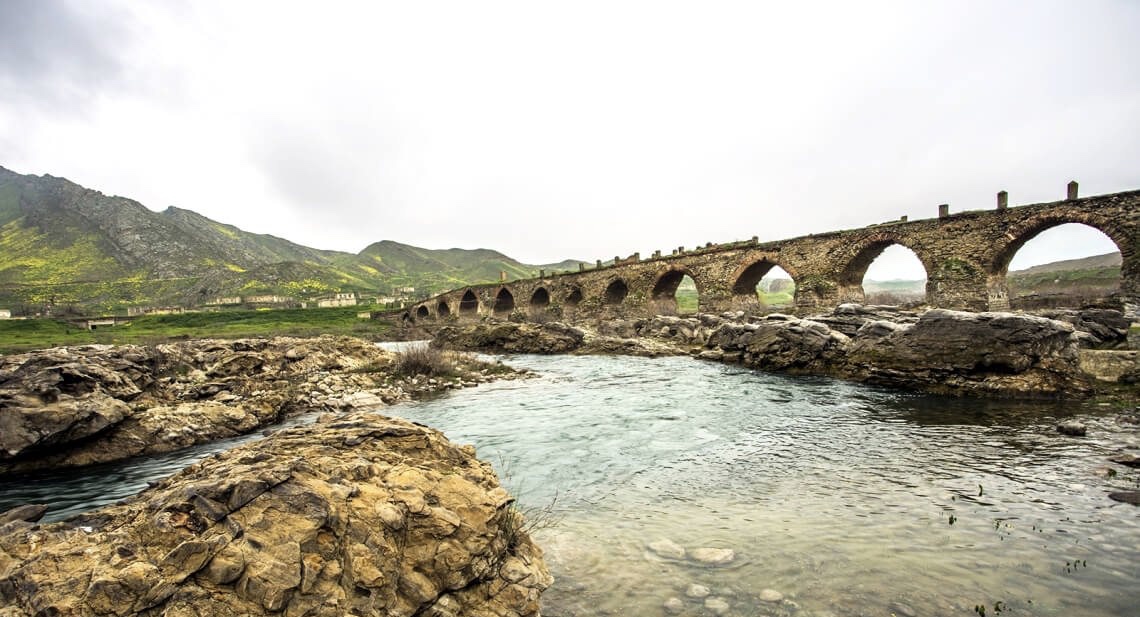
The Bridge belongs to the Arran architecture school. The first written source that mentioned the 15-arched Khudafarin Bridge belongs to …
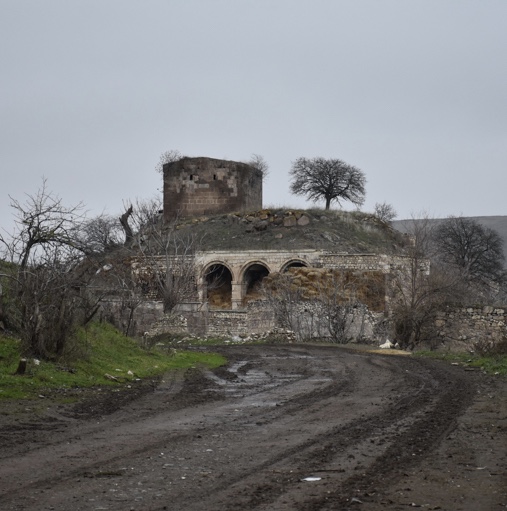
Garghabazar Caravanserai was built in 1681 at the hillside, in the center of Garghabazar village of Fuzuli district, 8 km …
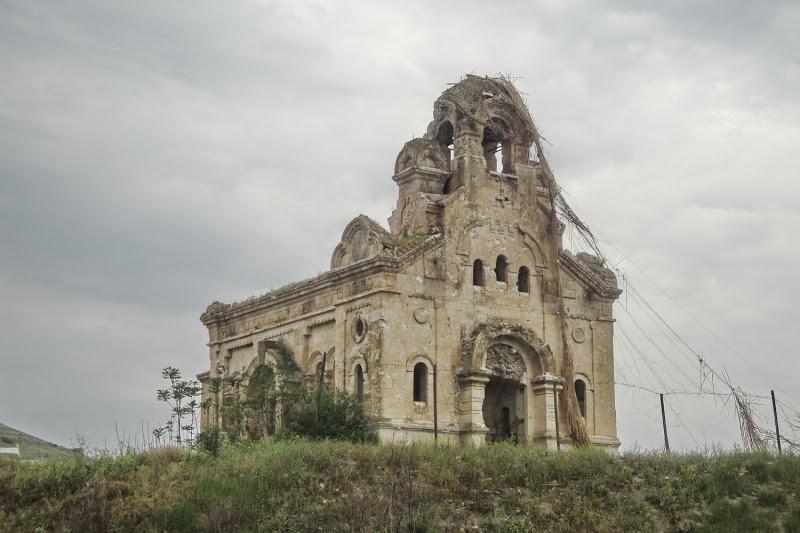
Armenia’s vandalism in Nagorno-Karabakh and seven surrounding regions affected not only the historical, cultural, and religious heritage of Islam but …

Jabrayil History-Ethnography Museum has been operating since 1953. Archaeological and ethnographic materials belonging to the history of the region, textiles, …

Khudavang, or Dedeveng, Monastery Complex is located in the Vang village of Kalbajar District, on the left bank of Tartar …

“The 19th century Aghdam Juma Mosque is perhaps the only structure that has withstood the years of neglect since the …